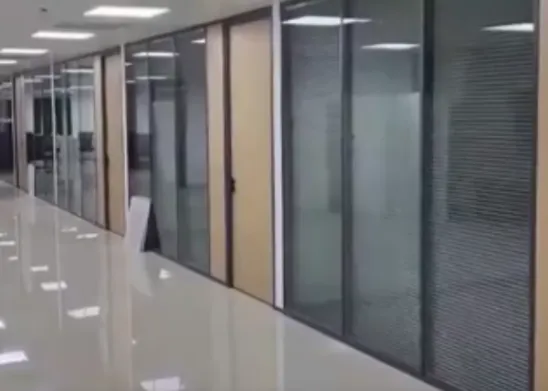Dec . 04, 2024 09:32 Back to list
dark grey reflective glass
The Allure of Dark Grey Reflective Glass A Modern Architectural Marvel
In the realm of contemporary architecture, materials play a pivotal role in defining the aesthetic and functional aspects of a structure. Among the various architectural elements that have gained popularity, dark grey reflective glass stands out as a material that seamlessly blends elegance with utility. This article explores the multifaceted characteristics of dark grey reflective glass and its impact on modern design.
Aesthetic Appeal
Dark grey reflective glass presents a sophisticated, sleek appearance that can transform the visual identity of any building. The reflective surface harmonizes with various external environments, often mirroring the surrounding landscape, which allows structures to integrate with their surroundings. This quality not only enhances the beauty of the architecture but also creates a dynamic interplay between the building and nature, resulting in a constantly evolving façade that shifts with the time of day and weather conditions.
The versatility of dark grey reflective glass allows it to complement a wide range of architectural styles, from minimalist designs to more elaborate compositions. Its subtle yet striking hue can serve as a perfect backdrop for distinctive features, such as terracotta cladding or wooden elements, thereby elevating the overall aesthetic of the project. Furthermore, this glass can lend a modern touch to historical buildings, offering a striking contrast that highlights the old and the new.
Energy Efficiency
Beyond its visual appeal, dark grey reflective glass is an efficient material in terms of energy performance. The reflective properties of the glass help reduce heat absorption from sunlight, thereby lowering the cooling costs of buildings, especially in warmer climates. By controlling solar gain, architects can create comfortable interior environments with minimal reliance on air conditioning, contributing to the building's overall sustainability.
Furthermore, advancements in technology have led to the development of low-emissivity (low-E) coatings that can be applied to the glass surface. These coatings enhance thermal insulation properties, allowing buildings to maintain their interior temperature more effectively while minimizing energy loss during colder months. This innovation not only reduces energy consumption but also supports efforts toward eco-friendly construction and operation.
dark grey reflective glass

Privacy and Security
Another important aspect of dark grey reflective glass is its inherent ability to provide privacy. When applied to office buildings, residential homes, or commercial spaces, this glass allows occupants to enjoy unobstructed views of the outside world while preventing outsiders from seeing in. This feature is particularly valuable in urban environments, where towering buildings and busy streets often compromise personal privacy.
Moreover, the durability and strength of this type of glass add a layer of security to structures. With advancements in manufacturing technology, dark grey reflective glass can be produced in tempered or laminated forms, making it resistant to shattering and providing an extra measure of safety against potential break-ins or vandalism.
Acoustic Performance
Dark grey reflective glass also contributes to improved acoustic performance within buildings. The density and composition of this glass can significantly reduce outside noise, creating a serene indoor environment. This characteristic is particularly beneficial for structures located in bustling urban settings, where traffic noise and other disturbances can be intrusive. By incorporating dark grey reflective glass, architects can enhance the tranquility of residential areas, workplaces, and public buildings alike.
Conclusion
In conclusion, dark grey reflective glass is more than just a trendy architectural material; it embodies a harmonious blend of beauty, efficiency, and functionality. As architects and builders strive to create structures that are not only visually stunning but also environmentally responsible, this innovative material continues to rise in popularity. Its versatility, energy-saving properties, and contributions to privacy and sound insulation make dark grey reflective glass an ideal choice for modern design. As we look toward the future of architecture, it is evident that this material will play a crucial role in shaping the urban landscape, encouraging a balance between aesthetics and sustainability in the buildings of tomorrow.
-
Safety and Style with Premium Laminated Glass Solutions
NewsJun.24,2025
-
Reinvents Security with Premium Wired Glass
NewsJun.24,2025
-
Premium Float Glass Line for Modern Architecture
NewsJun.24,2025
-
Low Emissivity Glass for Energy-Efficient Architecture
NewsJun.24,2025
-
High-Performance Insulated Glass Solutions for Modern Architecture
NewsJun.24,2025
-
Elevates Interior Style with Premium Silver Mirror
NewsJun.24,2025
Related PRODUCTS














